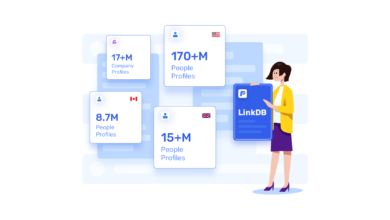Learn to Make a Great Gamification Strategy For Your Business

Gamification is a great way to engage and motivate your employees. It can be used to improve productivity, motivation, and even retention rates. But how do you go about designing a great gamification strategy for your business?
In this article, we’ll outline the key steps that you need to take in order to create a successful gamification program. We’ll also include some tips on how to make sure that your employees are benefiting from it.
So if you’re looking to up your employees’ learning game, read on!
The First Step: Your Goals
Before you can start designing a gamification strategy, you first need to figure out what your goals are. Are you looking to increase productivity? motivation? Retention rates? Once you know your goals, it’s easy to determine which areas of your company could benefit from a gamified approach.
For example, if your goal is to increase productivity, one way that you could do this is by introducing learner management systems with gamification tools that help employees learn new tasks more quickly. You might also want to introduce competition between teams or departments in order to motivate them (and ultimately, increase productivity).
The Second Step: Researching Gamification Methods
Once you have your goals in mind, the next step is to do some research into different gamification methods. There are a number of different approaches that you can take, so it’s important to choose the one that will fit your business and contribute the most value.
Some common ways to gamify an activity are as follows:
Contest/Competition
One popular way to incentivize employees is through contests or competitions. This method works well when there is something valuable at stake ( like a prize).
Collaborative playing
Another way to incentivize employees is through collaborative playing. In this approach, employees are required to work together in order to achieve a common goal. The key here is that the goal should be something that’s challenging and/or interesting, so employees will want to keep working towards it.
Social networking
Finally, another popular way of gamifying an activity is through social networking. This method works well when there are already strong links between employees (so collaboration isn’t necessary). Simply provide tools and encouragement for them to share their experiences and results with one another.
The Third Step: Creating a Game Plan and Assigning Tasks
Now that you have your research and game mechanics in place, it’s time to create a game plan. This plan will outline the steps you need to take in order to successfully gamify your activity.
Once you have your game plan figured out, it’s time to assign tasks and rewards to employees. This will help them understand what they need to do in order to receive their reward (and hopefully, motivate them even further!).
The Final Step: Executing the Game Plan
Finally, it’s time to execute your game plan. This involves setting up a system in which employees can track their progress and receive rewards as they go. You also need to make sure that the game mechanics are effective and fun enough so that everyone participates.
The key to a successful gamification strategy is to first understand your goals and determine what type of game you want to play. Once you have your objectives in mind, it’s time to start thinking about how the game will work.
Conclusion
Creating a gamified strategy for your business can be a great way to engage employees. The key is creating engaging and fun experiences that are easy to play but difficult to master, while also being strategic. This way, you’ll keep all of your employees engaged throughout the game, leading them towards individual goals rather than just draining their time or money.



